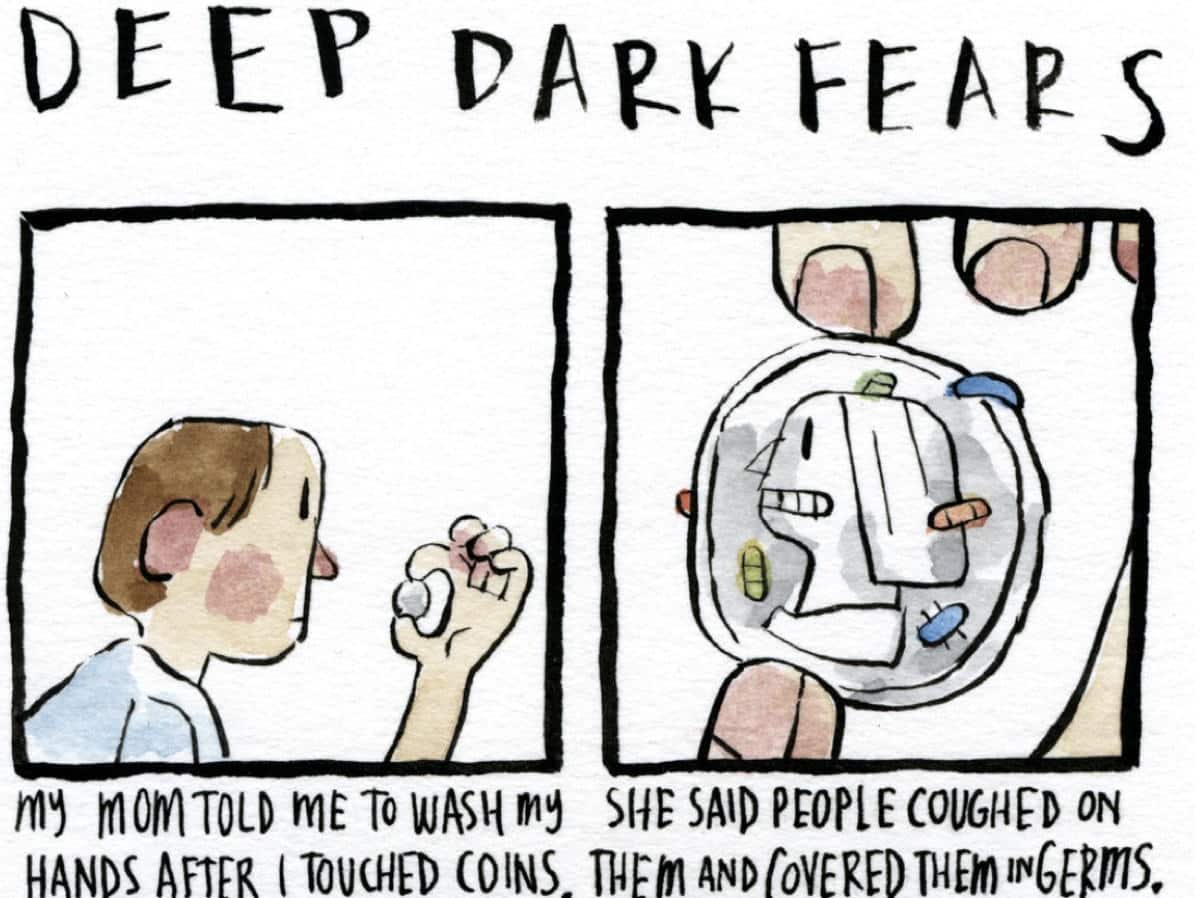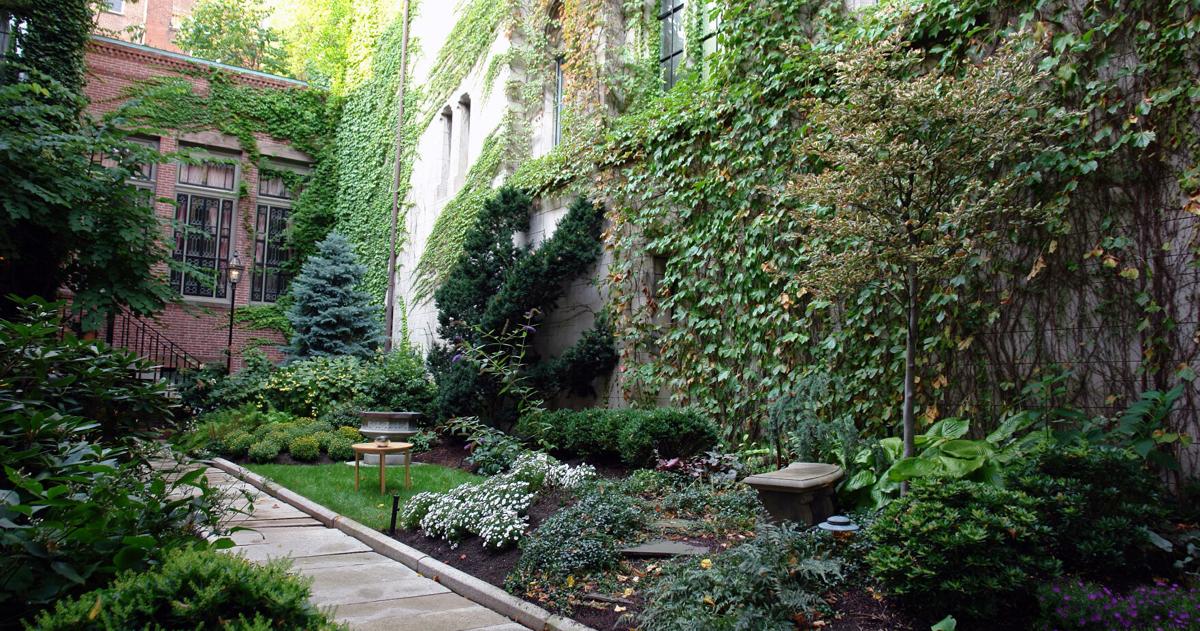Not every garden basks in full sun — and that’s a good thing.
When I first bought my house 13 years ago, I was paralyzed by all the shade provided by my five live oaks. Shade? How do I garden in that? No color? Are you kidding? Now, as I embark on designing a new Zen garden in the shade, I am excited to try the many new things I have discovered over the years.
Shade gardens, with their quiet greens and dappled sunlight, can offer surprising bursts of color, along with a peaceful counterpoint to the bright blaze of summer borders. Instead of fighting the shadows, shade gardeners have learned to celebrate them by discovering plants and design ideas that thrive where sunlight is scarce.
Sun gardens are exuberant and bold; shade gardens whisper. Their beauty lies in subtle contrasts — Carex “Everillo” paired with feathery ferns or glossy hellebores beside velvety coral bells. In the right light, textures take center stage. The gleam of raindrops on a fern frond or the silvery edge of a brunnera leaf can stop you in your tracks.
Contrary to popular belief, shade doesn’t mean “nothing grows here.” In fact, many plants prefer it. Classic favorites include hostas, ferns, astilbes, bleeding hearts and Japanese forest grass. For color, coleus, impatiens and begonias add vivid hues that brighten dark corners.
Winding paths, mossy stones and a weathered bench can complete the look, giving the space a secret garden feel.
If you have partial shade — meaning a few hours of morning or late-afternoon sun — try hydrangeas, toad lilies or foam flowers for blooms that last into late summer. For evergreen structure through winter, hellebores and boxwoods hold their own beautifully. I am also a huge fan of “Soft Caress” Mahonia.
Without strong sunlight, texture and foliage color become your palette. To add interest and depth, I love mixing the deep greens, chartreuse and silver tones to add lightness to the darker spaces. Caladiums and gardenias are another favorite.
Winding paths, mossy stones and a weathered bench can complete the look, giving the space a secret garden feel. A small water feature or birdbath also can fit this setting well.
Shade gardens are often easier to maintain than sunny ones. They need less watering and fewer weeding sessions. However, tree roots can compete for moisture, so enrich the soil with compost and water deeply during dry spells.
Perhaps the greatest gift of a shade garden is its atmosphere. It’s a place of calm — somewhere to pause on a hot day, breathe deeply and listen to the rustle of leaves. While sunny beds grab attention, shaded gardens reward those who linger.
In the end, the beauty of shade gardening lies not just in the plants that thrive there, but in the feeling it evokes — a quiet kind of wonder, found in the cool, green stillness under the trees. I have come to love and enjoy my shade gardens over the years. If you have one, I encourage you to embrace it.








